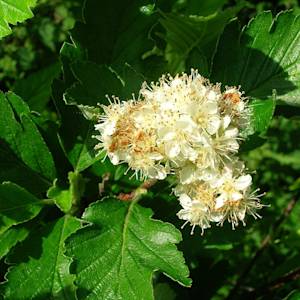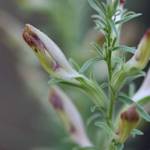Baical skullcap
2024 CE • China, Korea and Mongolia
"Baical skullcap (or simply baical) is one of the most widely used Chinese remedies in western herbal practice . . . The first description of Baical skullcap was recorded as early as the Zhou Dynasty over 3000 years ago. The Han Dynasty Classic of Internal Medicine ‘Shennong Ben Cao Jing’ (the earliest existing traditional Chinese medicine book), recorded its medicinal application as a cure for lung and liver diseases almost 2000 years ago. Although the root of the plant is most often used there is also a tradition for using the aerial parts in teas for clearing heat and removing dampness, and promoting digestion, typical indications for bitters . . . Native to China, Korea and Mongolia, Baikal Skullcap grows happily on grassy mountain slopes . . . Over the past several decades, the wild resource of baical skullcap has suffered rapid declines. As a result, it was listed as a class III conserved medicinal plant in China. Large-scale cultivation programs have been initiated in China since 1958 to help meet the increasing demand for its root and as an effort to preserve wild resources. It is however still a highly popular medicinal plant whose wild resources are exploited."
"Baical skullcap," Herbal Reality, 2024.
Image: Krzysztof Ziarnek, Kenraiz, CC BY-SA 4.0, via Wikimedia Commons


Learn about Maya Lin’s fifth and final memorial: a multi-platform science based artwork that presents an ecological history of our world - past, present, and future.

Discover ecological histories and stories of former abundance, loss, and recovery on the map of memory.

Learn how we can reduce our emissions and protect and restore species and habitats – around the world.

See how art can help us rethink the problems we face, and give us hope that each one of us can make a difference.

Help make a global memorial something personal and close to home. Share your stories of the natural world.


